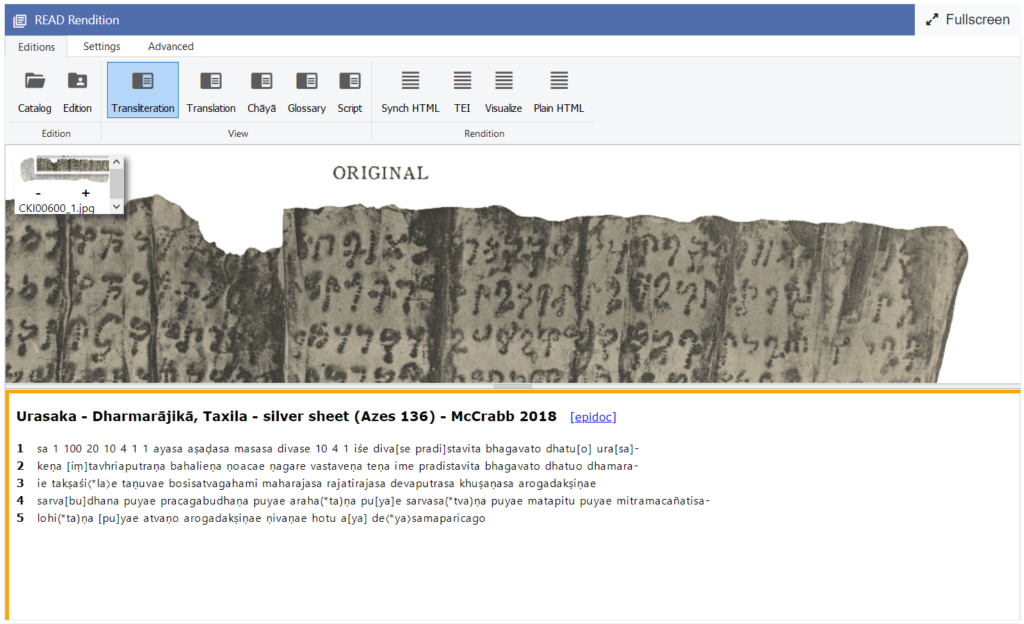Lorem ipsum dolor sit amet, consectetur adipiscing elit. Suspendisse nunc magna, iaculis placerat accumsan vitae, aliquam eget felis. Maecenas tempor, lorem ac fermentum ornare, ligula magna placerat quam, in sollicitudin tellus neque sed leo. Etiam id diam sodales, rutrum lectus non, consequat tortor. Nam tristique mi tortor, vitae dapibus arcu maximus non. Sed ornare volutpat ligula sed placerat. Quisque pretium ipsum eu erat rhoncus, in tristique turpis porta. Mauris blandit libero vel ex iaculis rutrum. Nulla non dui volutpat, aliquet nunc sed, condimentum purus. Nunc tristique, felis sit amet semper sollicitudin, sem quam bibendum ex, gravida dignissim metus tortor nec enim. Cras quis diam volutpat, fermentum libero vitae, pharetra nibh. Aliquam eget eros sed arcu dapibus consequat. Fusce sed lorem et leo pellentesque tincidunt. Pellentesque molestie lacus vel elit euismod, sed finibus erat fermentum.
Integer finibus lectus vitae tincidunt scelerisque. In neque leo, ornare sit amet erat eget, cursus auctor enim. Pellentesque fringilla, nibh non dictum cursus, nunc diam bibendum velit, sit amet sollicitudin elit massa sed justo. Maecenas tempor id enim elementum molestie. Etiam in malesuada felis, non mattis nisi. Ut porttitor nec orci sed malesuada. Orci varius natoque penatibus et magnis dis parturient montes, nascetur ridiculus mus. Nullam non tristique purus. Phasellus tincidunt augue non nisi ultricies sollicitudin vitae vel est. Suspendisse molestie mattis volutpat. Aenean dignissim quis sem sodales cursus. Vivamus in volutpat enim. Donec in faucibus lectus. Integer a iaculis purus, quis ultricies lacus.
| Image | Title | Tags | Notes | Weight |
|---|---|---|---|---|
| Place de Louis XV / Place de la concord | Planned in 1750s, created by Gabriel with large equestrian statue at its centre. Transformed and renamed during the revolution, equestrian statue torn down and partly melted down. Used as one of three major guillotine sites during the years of terror (1792-94). Marie Antoinette executed here. Under the directory (post 1794), renamed the Place de la Concord in the name of reconciliation. During restoration (post-1815), renamed by royal authorities the Place de Louis XV. (David Andress, 'Revolutionary Paris'; Colin Jones, 'Paris: Biography of a City'.) | medium | ||
| Pantheon / Church of St Genevieve | The Church of St Genevieve, built on a grandiose scale after Louis XV promised a renewed church for Paris on his recovery from illness. Over 40 years in construction. Constructed in ambitious Neo-classical style, founded on a Greek cross architectural blueprint, by Soufflot, who sadly did not live to see it finished. Completed in 1788. In 1789-90, transformed into a resting place for heroes of the revolution according to the model of the Greek Pantheon. Heroes brought here in ceremonies and laid to rest in the crypt. The transformation into Pantheon meant many architectural changes including windows being blocked out and original plans for use of light fundamentally altered. Returned to the Catholic Church at the restoration and restored as the Pantheon by progressive regimes but only officially took its main state current use under the Third Republic. (Brahan) (Jonathan Conlin, 'Tales of Two Cities') | medium |
Each digital edition includes background information about the text, a summary of its content, and references to parallel texts and related publications. Users can explore the text, image, and other analysis resources through various preset views from the READ interface, or customize the views themselves.
By developing the text in READ, the text and image are linked such that selecting a syllable, word, or compound in the text or glossary will highlight the associated akṣaras on the manuscript. This allows you to in effect “read” the manuscript as you read the transcribed text, even if you do not know the script.
Users can choose from several preset READ views by selecting the tabs at the top. Each of these convenient arrangements of text and resources is suited to a different experience with the manuscript. For instance, choose the Script view to study the paleography of the manuscript or the Glossary view to study its vocabulary. It is recommended that the user toggles through the default views to gain a holistic perspective of the text.

- Transliteration: Image and transliteration.
- Translation: Transliteration and translation.
- Chāyā: Transliteration and chāyā.
- Glossary: Image, transliteration, and glossary.
- Script: Image, transliteration, and script chart
- Visualize: Visualize the text structure display.
- Synch HTML: Interactive synchronized rendition.
- TEI: EpiDoc TEI rendition.
- Plain HTML: Transliteration in HTML format.
Avś
Be
Ce
Ch.
CPS
DhG
Ee
FJJ
Mahīś
MūSā
Mvu
P
SĀ
SBhV
Se
Skt.
SN
T
Tib.
Vin
Avadānaśataka (ed. Speyer 1906–1909)
Burmese (Chaṭṭhasaṅgāyana) edition
Sri Lankan (Buddha Jayanti Tipiṭaka Series) edition
Chinese
Catuṣpariṣat-sūtra (ed. Waldschmidt 1952–1962)
Dharmaguptaka
European (Pali Text Society) edition
Fobenxing ji jing (T 190)
Mahīśāsaka
Mūlasarvāstivāda
Mahāvastu-avadāna (ed. Senart 1882–1897)
Pali
Saṃyukta-āgama (T 99)
Saṅghabhedavastu (ed. Gnoli 1977–1978)
Thai (King of Siam) edition
Sanskrit
Saṃyutta-nikāya
Taishō 大正 edition
Tibetan
Vinaya

